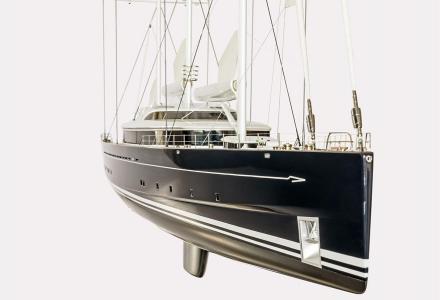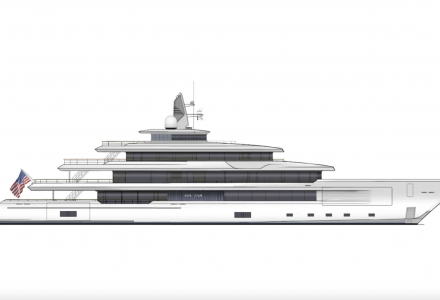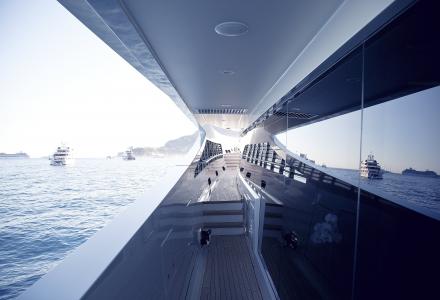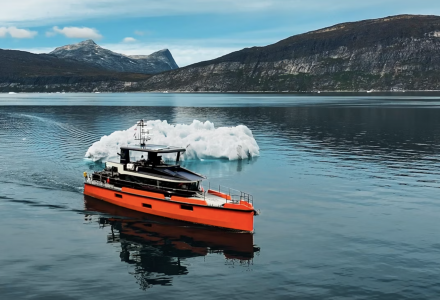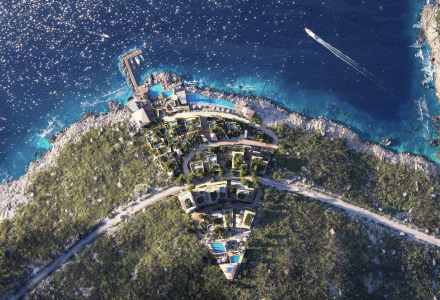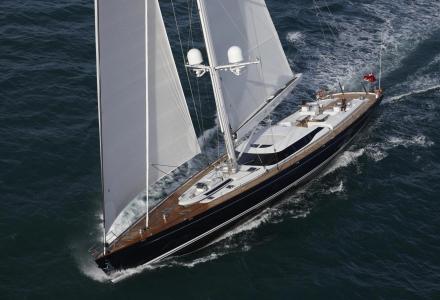The construction of the 81m contemporary three-masted schooner has commenced at Royal Huisman’s facilities in Vollenhove. This new build project for an Asian client was unveiled by the joint team of Royal Huisman, Dykstra Naval Architects, designer Mark Whiteley and Bart Kimman of Northrop & Johnson Asia at the 2016 Monaco Yacht Show.
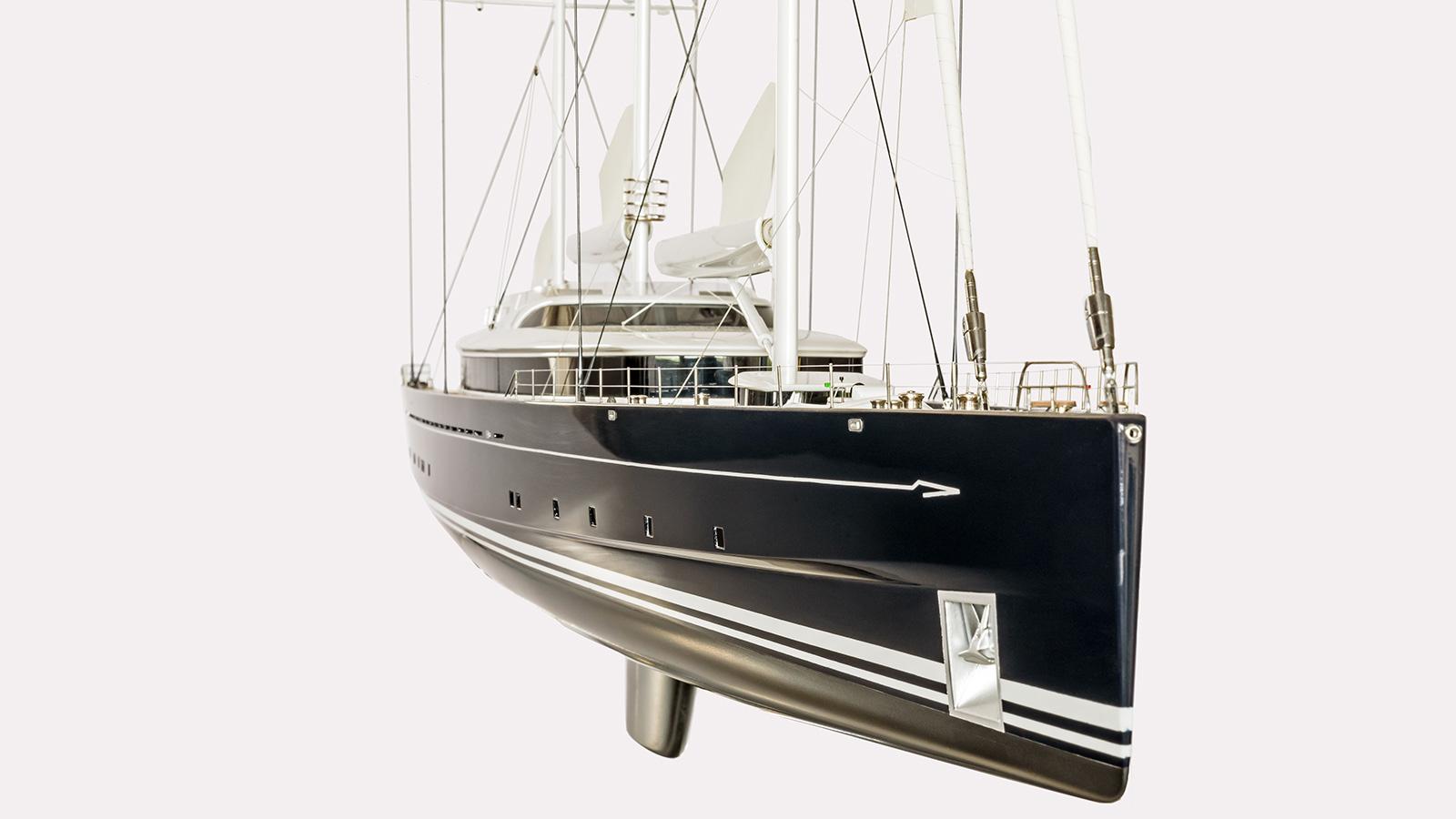
Within a year Royal Huisman completed the design phase, the construction planning and a large part of the engineering for this yacht – all in close interaction with the owner, his team and the architects. Even the shipyard’s largest shipbuilding hall was upgraded in preparation for the new project. Now, the milestone all involved parties were anticipating has been achieved: the keel is laid and the building frame for the main deck is under construction. The build of the world’s largest aluminium yacht has started.
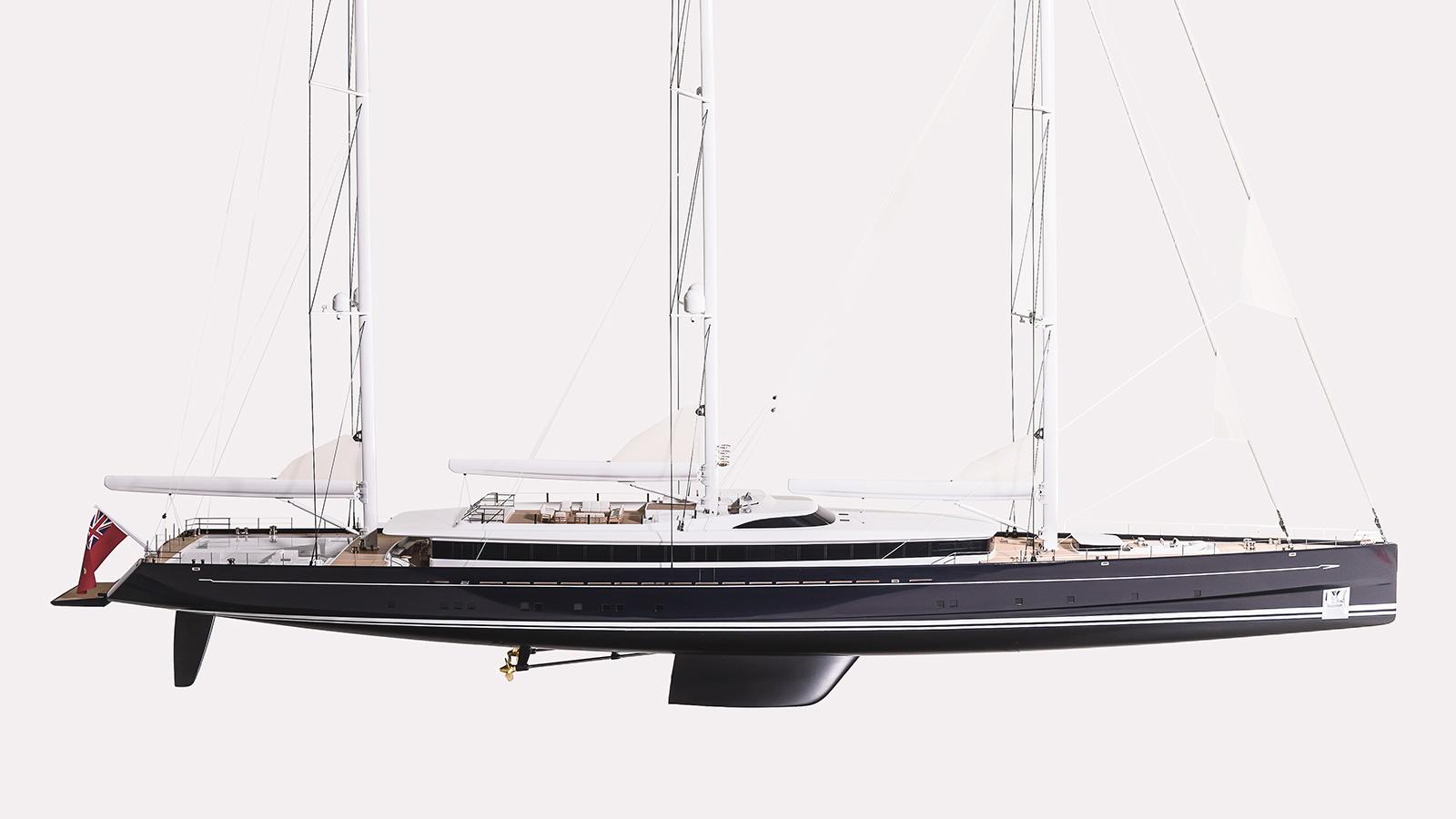
The exterior design is the result of the joint effort of Dykstra Naval Architects and Mark Whiteley Design, incorporating the owner’s requirements – world cruising, fast yet comfortable, and iconic looking. The distinguishing superstructure features a half-raised bridge for inside steering. The yacht’s flybridge offers full controls during sailing, comfortable seating for guests wishing to be close up with the yacht’s navigation, and opportunity for sunbathing. The sheltered main cockpit beneath the flybridge features a bar, sofas and a large table.
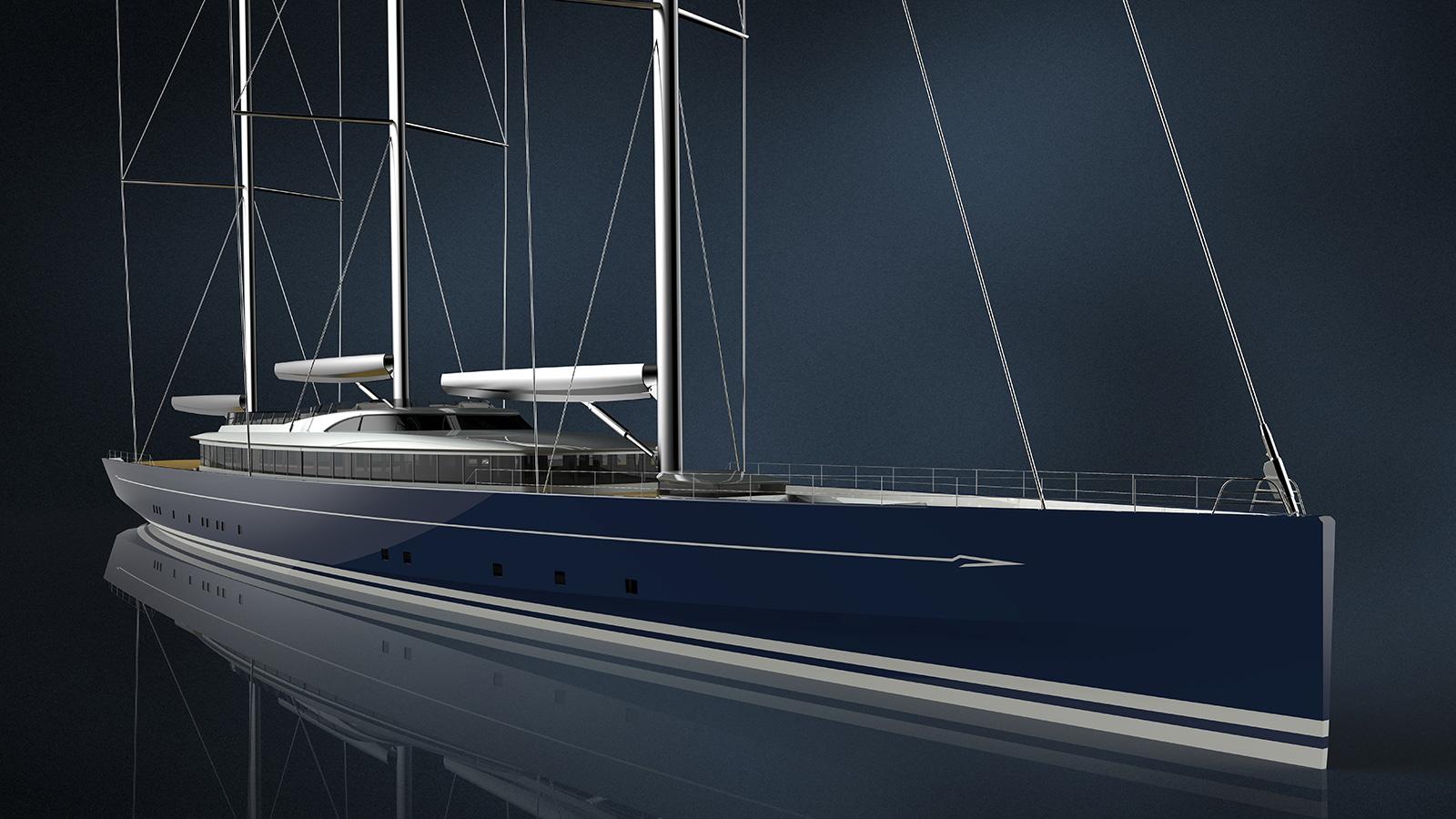
A variety of innovative or indeed exciting features enhance the yacht’s appeal. The newly developed sliding Rondal door with individually operated moving glass panels provides a seamless transition from the cockpit into the interior, whereas the flybridge steering stations give access to the hydraulically operated crow’s nest for an exhilarating ride up the main mast with breathtaking views.
Various watersports gear such as water scooters, a large guest tender with dive equipment, kayaks and SUP boards will be stored under the aft deck, and the deck design comprises a number of clever features, such as the crew tender in front being recessed into a pocket, which can be used as a cockpit after launch. The design of the crew entrance on the foredeck ties in with the looks of the main deckhouse.
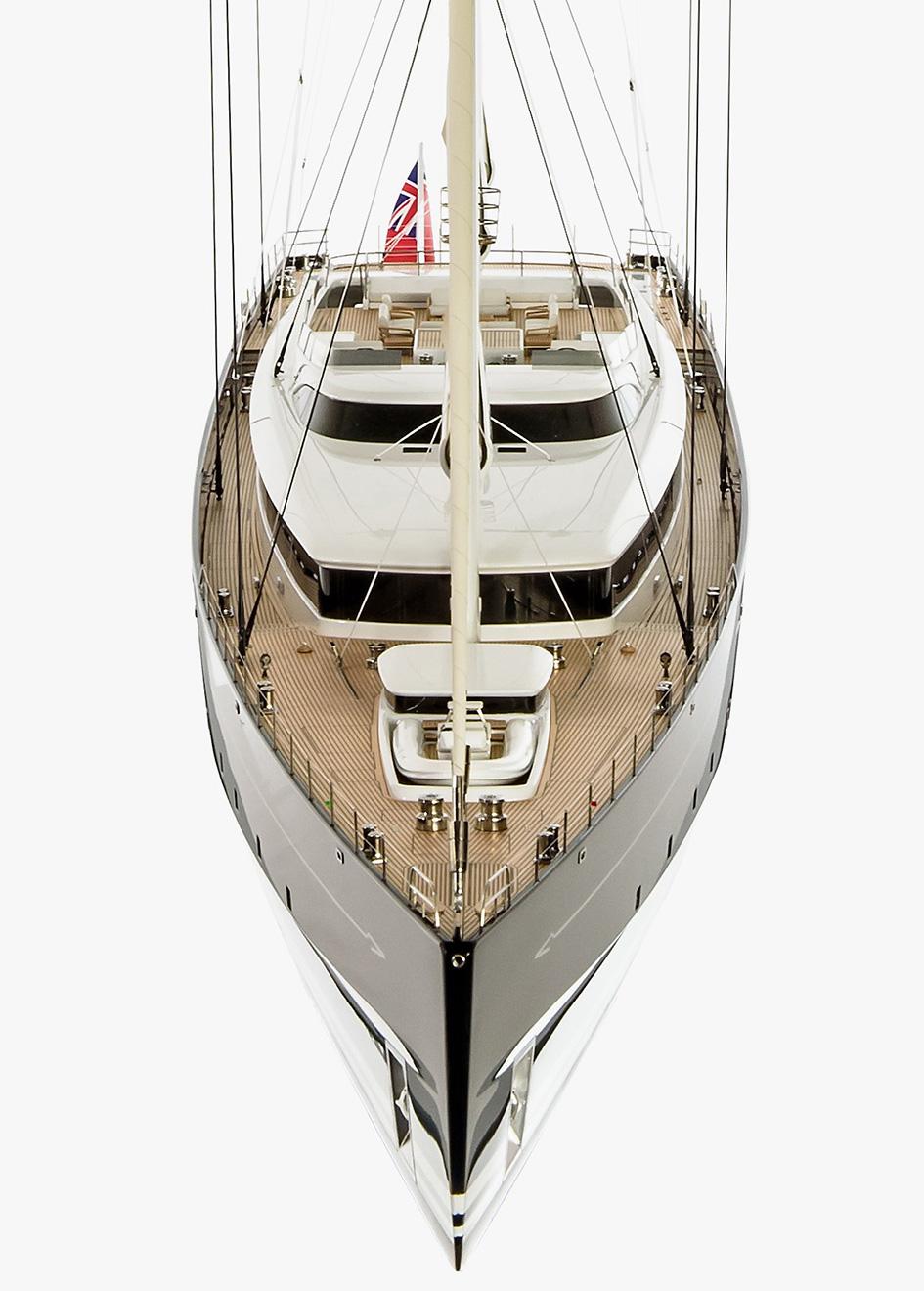
Good performance combined with sea kindliness, stability and comfort
Dykstra Naval Architects have focused all their considerable expertise on the creation of a hull with a distinguishing hard chine and schooner rig that combines good performance with sea kindliness, stability and comfort. The carbon rig by Rondal – ‘clearing Panama Bridge’ – will be supported by carbon standing rigging. Thys Nikkels of Dykstra Naval Architects explains “the plumb bow, very long waterline, sleek hull and large sail area will give the yacht the required high speed and good performance.”
Towing tests, wind tunnel tests, Computational Fluid Dynamics (CFD) calculations and a Velocity Prediction Program are all undertaken to evaluate the sail balance, keel position and rudder angles when under sail.
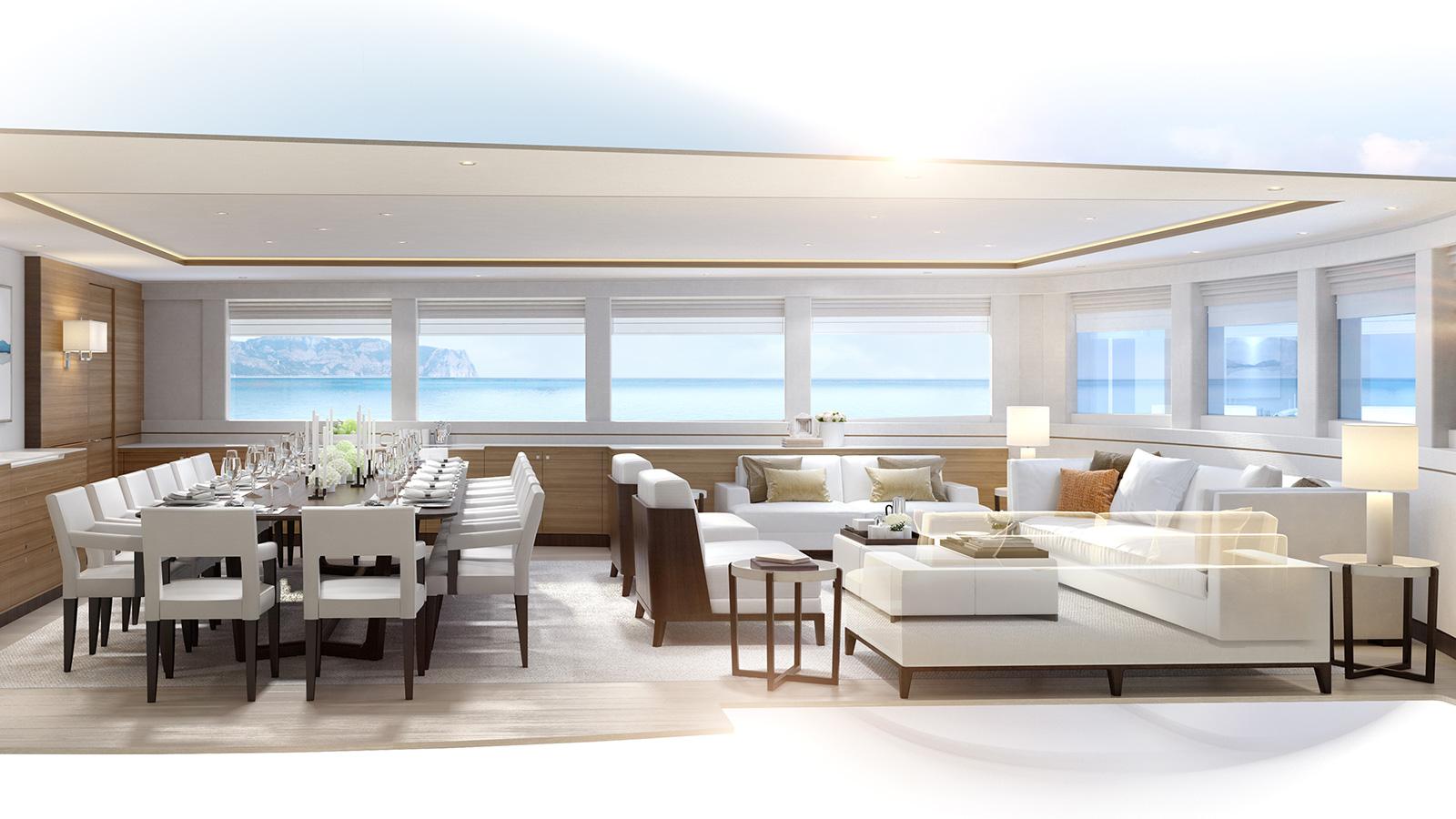
Mark Whiteley designed a modern interior in balance with the exterior living spaces. The design is based on Alpi Walnut bulkheads and comprises oak floors. Alpi is a natural material which - thanks to technology - achieves high performance and eco sustainable quality. A very high comfort level for the owner, family and friends are very important considerations, but the yacht can also be used as a platform for business meetings. The forward part of the superstructure has been reserved for the owner and his guests, featuring a combined saloon with comfortable seating and a large table with sixteen seats for formal dining.
Royal Huisman will deliver this project in 2020. The yard has recently announced their intention for the exclusive use of the facilities of Holland Jachtbouw (HJB) in Amsterdam following the anticipated termination of business by HJB after the passing away of founder Chris Gongriep.
